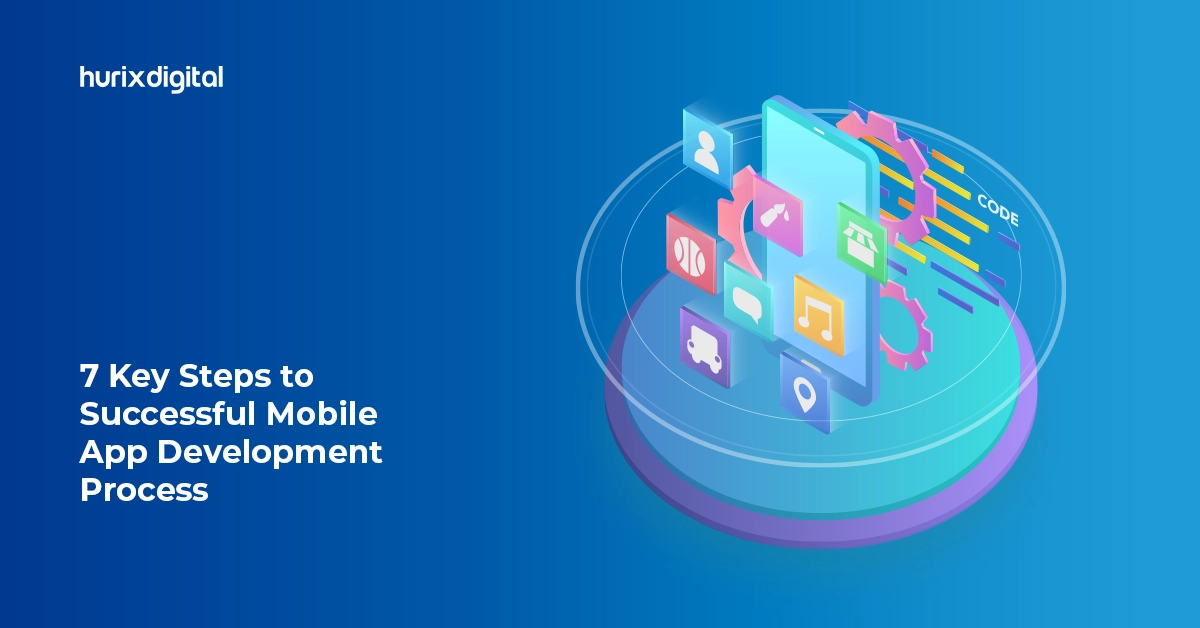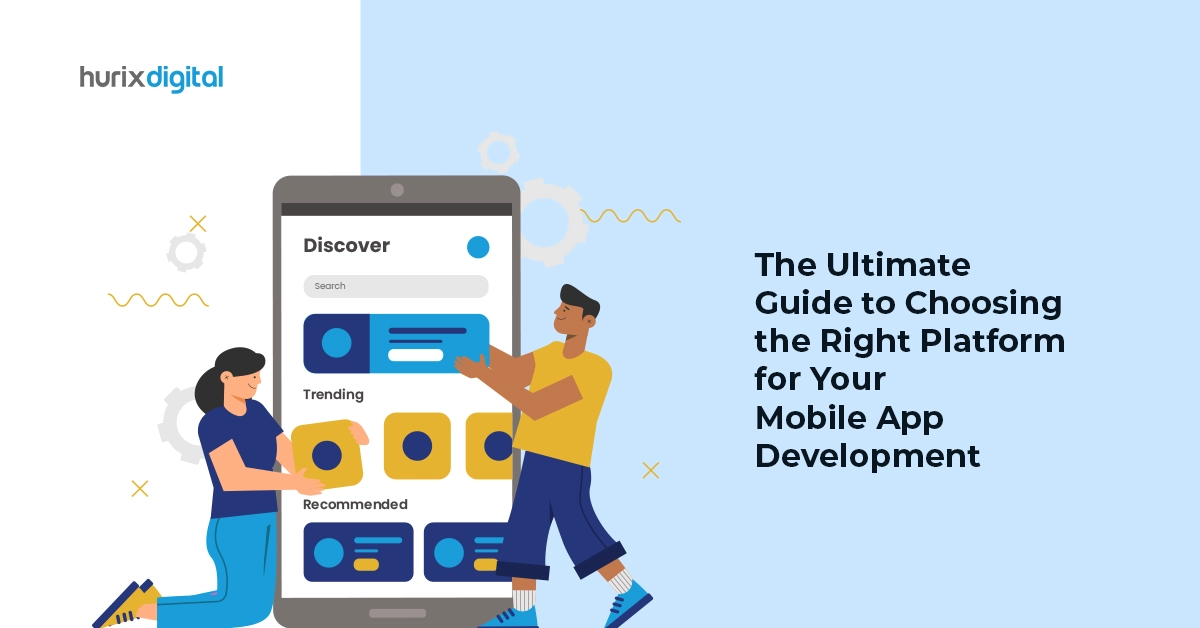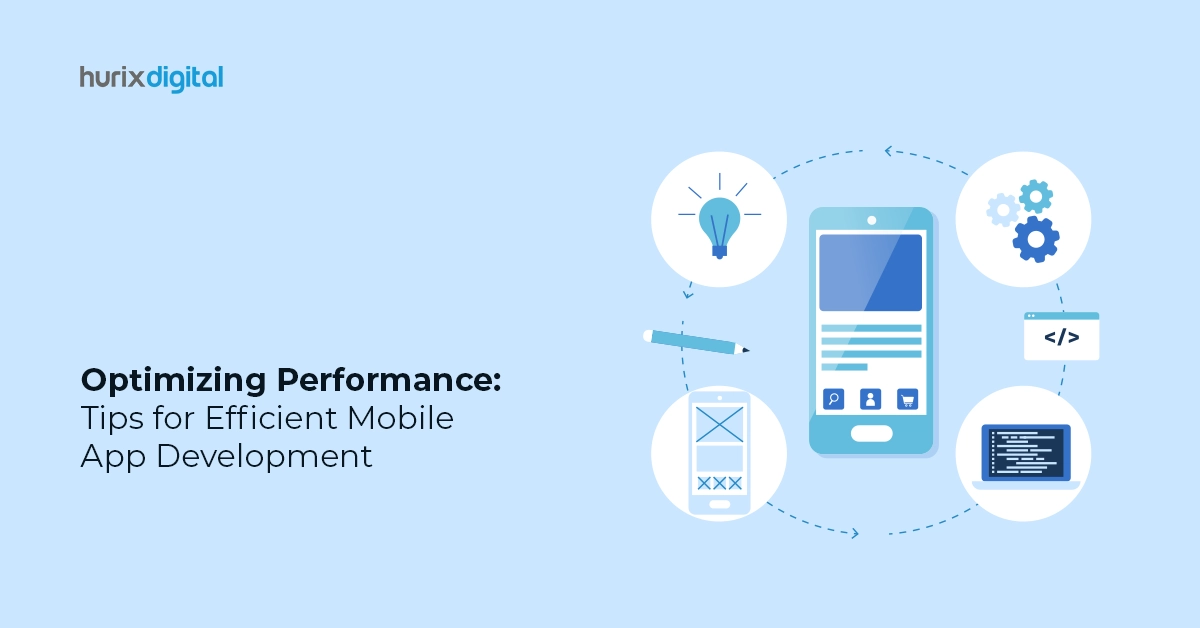Summary
This blog delves into the critical role of UI/UX design in mobile app development. It explains the core principles, design considerations, and best practices that empower designers to craft intuitive, user-friendly, and visually appealing mobile apps that captivate users and achieve business goals.
In today’s app-driven world, mobile app development has become a cornerstone for businesses seeking to engage audiences, deliver services, and drive growth. However, the success of an app goes beyond its technical functionality. UI/UX design emerges as the invisible force that breathes life into the app, shaping user experience and ultimately determining its adoption and success.
Table of Contents
- What is UI/UX Design in Mobile App Development?
- Why is UI/UX Design Crucial for Mobile App Success?
- Key Considerations for Effective Mobile App UI/UX Design
- Advanced Techniques for Captivating Mobile App UI/UX Design
- The Evolving Landscape of Mobile App UI/UX Design
What is UI/UX Design in Mobile App Development?
UI/UX design, also known as user interface/user experience design, encompasses the entire process of planning, creating, and iterating the user experience within a mobile app. It involves:
- User research: Understanding user needs, behaviors, and pain points through research methods like surveys, interviews, and usability testing.
- Information architecture: Structuring the app’s content and functionalities in a logical and intuitive manner to facilitate easy navigation and information discovery.
- Visual design: Crafting the app’s visual elements, including layout, color schemes, typography, and imagery, to create a visually appealing and user-friendly experience.
- Interaction design: Defining how users interact with the app’s elements, such as buttons, menus, and forms, to ensure smooth and intuitive interactions.
Also read, Step-by-Step Guide to Launching Your First Mobile App
Why is UI/UX Design Crucial for Mobile App Success?
Here’s why UI/UX design is not just an add-on but an essential ingredient for successful mobile app development:
- Enhanced User Experience: A well-designed app anticipates user needs and provides a seamless, intuitive experience. This translates to increased user engagement, satisfaction, and loyalty.
- Improved Conversion Rates: Intuitive user flows and clear calls to action guide users towards desired actions, boosting conversion rates and achieving business objectives.
- Reduced Development Costs: Investing in UI/UX design upfront can prevent costly rework later in the development process by identifying and addressing usability issues early on.
- Brand Differentiation: A unique and visually appealing app design helps establish brand identity and create a lasting positive impression on users.
Key Considerations for Effective Mobile App UI/UX Design
- User-centered approach: Always prioritize user needs and preferences throughout the design process.
- Simplicity and clarity: Strive for a clean and uncluttered interface that is easy to understand and navigate.
- Responsiveness and accessibility: Ensure the app adapts seamlessly to different screen sizes and caters to users with disabilities.
- Consistency and intuitiveness: Maintain consistency in design elements and interactions across the app to create a familiar and predictable experience.
- Usability testing: Continuously test and refine the app’s design based on user feedback and real-world usage data.
Also read, Why UI/UX and Website Speed are Critical for Your Online Success?
Advanced Techniques for Captivating Mobile App UI/UX Design
While mastering the core principles of UI/UX design is essential, staying ahead of the curve requires exploring advanced techniques that elevate your mobile app to the next level:
1. User Research and Persona Development:
Go beyond basic surveys and delve deeper into user research methodologies. Conduct in-depth interviews, observe user behavior through usability testing, and utilize A/B testing to compare different design variations and gather valuable data-driven insights. Develop detailed user personas that represent your target audience, allowing you to design with specific user needs and behaviors in mind.
2. Microinteractions and Animations:
Subtle animations and microinteractions can breathe life into your mobile app, enhancing user engagement and providing valuable feedback. Utilize subtle animations for actions like button clicks, transitions between screens, and loading indicators to create a more polished and responsive experience.
3. Storytelling and Emotional Design:
Effective UI/UX design goes beyond functionality; it evokes emotions and creates a connection with users. Integrate storytelling elements into your app’s design, using visuals, text, and subtle animations to guide users through a narrative and create a memorable experience.
4. Accessibility and Inclusivity:
Prioritize accessibility by ensuring your app is usable by everyone, regardless of their abilities. Implement features like screen reader compatibility, high-contrast themes, and voice control options to cater to users with disabilities.
5. Personalization and Customization:
Allow users to personalize their app experience by offering options to customize settings, layouts, and preferences. This fosters a sense of ownership and increases user engagement.
6. Design for Different Devices and Platforms:
While understanding core design principles is crucial, remember that Android and iOS have distinct user interface conventions and interaction patterns. Adapt your design to adhere to each platform’s specific guidelines to ensure a native-like experience on both operating systems.
7. Voice User Interface (VUI) Design:
With the rise of voice assistants, VUI design is becoming increasingly important. Consider how users might interact with your app using voice commands and design intuitive voice interactions that complement the overall user experience.
8. Gamification and User Engagement:
Leverage game mechanics like points, badges, and leaderboards to motivate users and encourage continued engagement with your app. Gamification can be a powerful tool for driving user retention and fostering a sense of community.
9. Data-driven Design and Iteration:
Don’t treat UI/UX design as a one-time process. Continuously monitor user behavior through analytics tools and gather feedback through surveys and user testing. Use this data to iterate on your design, refine user flows, and optimize the app for maximum usability and engagement.
The Evolving Landscape of Mobile App UI/UX Design
The world of mobile app design is constantly evolving, driven by technological advancements and changing user behavior. Staying updated with the latest trends, such as augmented reality (AR) and virtual reality (VR) integration, allows you to create truly immersive and innovative mobile app experiences.
Conclusion
UI/UX design is the cornerstone of successful mobile app development. By investing in skilled designers, employing effective design strategies, and embracing continuous improvement, you can create mobile apps that not only function flawlessly but also captivate users, drive engagement, and achieve your business goals.
Remember, exceptional UI/UX design is not just about aesthetics; it’s about understanding your users, creating a seamless and intuitive experience, and ultimately, building a mobile app that thrives in the ever-evolving digital landscape.
At Hurix Digital, our team of experienced UI/UX designers and mobile app developers collaborates closely to translate your vision into reality. We offer comprehensive mobile app development services, from initial concept and design to development, deployment, and ongoing maintenance.
Contact us today for a free consultation and let us help you build a mobile app that stands out in the crowded marketplace and leaves a lasting impression on your users.











